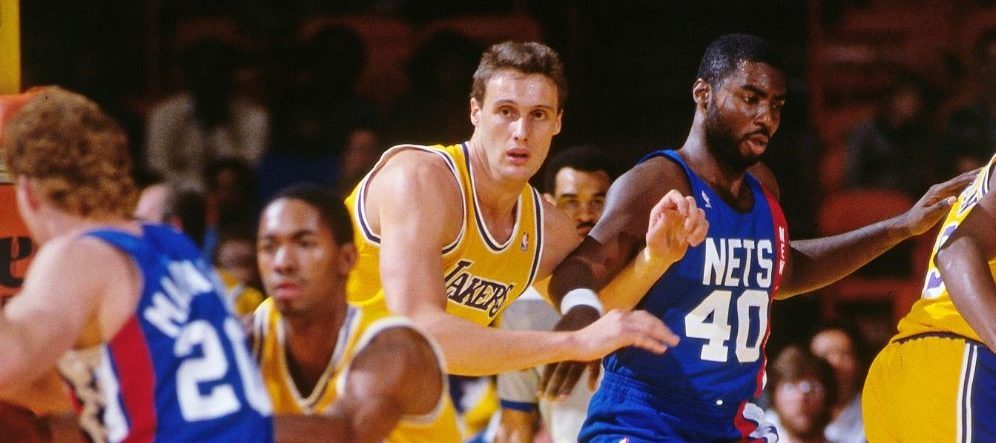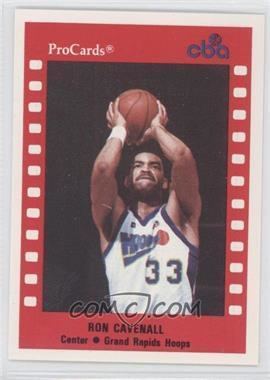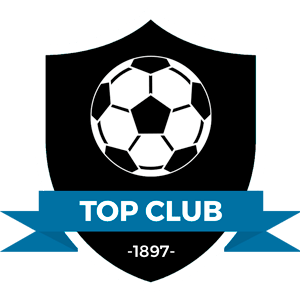
One hundred twenty-seven people have played in both the NBL and the NBA, but as always, there has to be one man to blaze the trail.
Although recently, the NBL gave a nod to former Illawarra Hawks star Doug Overton as the league’s first NBL to NBA star, which if you mean he went directly from an NBL team to playing for an NBA team in his very next stop, then that would be correct, but this would be ignoring Ronnie Cavenall who nine years earlier become the first player to have developed his game in the NBL and then sign a contract with an NBA team.
Doug Overton was the original Next Star 💫
— #NBLatHome (@NBL) August 4, 2019
Back in 1992, he went from the @illawarrahawks ➡️Washington Bullets, and then onto an 11 year NBA career.
Overton averaged 24.3 points, 5.0 rebounds + 6.2 assists finishing in the All-NBL First Team in his only season with the Hawks 📊 pic.twitter.com/Vctw1kvTHQ
Cavenall was a left-handed shot-blocker, who dunked everything around the rim. He played his college ball at Texas Southern University before going undrafted in 1981.
Then, in 1983 he found his way down under, signing his first professional basketball contract with the Sydney Supersonics.
“Cavenall was the first mobile seven-footer to grace our shores and he would dunk anything near the basket and block shots all day!” said NBL Hall of Famer Cal Bruton who faced him during his one season in the league.
Cavenall averaged 15 points, 8 rebounds and 2 blocks teaming with fellow import Owen Wells, that seasons Most Valuable Player recipient. Together they led Sydney to a 19-3 record and a first-place finish to the regular season.
In 1983 the NBL Finals were played in unusual circumstances. As a cost-cutting measure, the league decided to play two divisional finals, a three-game round-robin tournament for the top eight teams.
Sydney finished with a record of 2 wins, 1 loss in the tournament, but with four other teams finished with the same Sydney were squeaked out through a points percentage decision despite their first-place finish.
“They finished 19-3 and we (Geelong) finished 18-4. It was a crazy playoff series… there was no advantage in finishing first that year. If there were we would have faced off in the championship game against each other. With the format being the way it was, turned out neither of us got that far” said Bruton
Canberra would become the 1983 champions after getting through the semi-finals with an unbeaten divisional tournament record.
The Supersonics didn’t decide to bring Cavenall back, deciding to go with a more experienced big man in Brian Devincenzi who would put up much better numbers the following year (26 points and 7 rebounds) but the Supersonics delivered only three wins in comparison.
Cavenall returned to America to play in the Continental Basketball Association with the Washington Generals and a touring basketball show team called the Harlem Wizards, an offshoot of the Harlem Globetrotters.
It was there he caught the attention of Rick Pitino, who was an assistant for the New York Knicks in 1984, who invited Cavenall to join the Knicks training camp.
Cavenall failed to make the cut, but two months later reached out to him mid-season and signed him as a free agent after the team’s star big man Bill Cartwright suffered a broken foot.
Knicks coach Hubie Brown called Cavenall a ”diamond in the rough’ at the time, a player blessed with unusual size and willingness to learn but had been hampered by limited playing experience and strength, the same reasons the Sydney Kings had decided to part ways with him two years prior.
”This is a guy 7 foot tall who didn’t get drafted in 10 rounds when everybody’s grasping and reaching for size,” Brown said. ”We think he has some raw talent, and by that I mean he has a nice turnaround jumper and the ability to block a shot. The negatives are he lacks endurance and has minimum upper-body strength. But if he doesn’t make it, it won’t be for lack of trying.” said Brown at the time.
Cavenall grabbed his NBA chance with both hands, the echos of his NBL perhaps echoing in his ears as he noted he wanted to shed the negative perceptions of his game.
”For the past few years,” he said, ”everybody has described my skills as raw. I figure I can’t win for losing. If I do bad, everybody says they knew I’d do bad. If I do good, they’ll say they knew I had it in me.” Cavenall said at the time.
Cavenall’s best game coming against the talented Boston Celtics who would reach the NBA Finals that year but fall to the LA Lakers. Cavenall played 22 minutes going up against the all-star frontline of Robert Parish and Kevin McHale and finished with 7 points and 6 rebounds.
Cavenall wasn’t able to earn himself a second year with the team and spent the next few years playing in the CBA for minor league teams such as the Grand Cedar Rapids, Westchester Golden Apples, Springfield Fame and Wyoming Wildcatters before having a second chance at NBA success with the New Jersey Nets in 1988.
Cavenall signed as a free agent in November with the Nets. He was only able to play in five games before he was waived by the team one month later.
He spent the rest of his career playing for various teams in the CBA, with his final season being in 1992–1993 with Columbus Horizon.
“He was a good team player who was tough to stop and the only reason they lost the championship that year is the league had them to play their quarterfinal game in a run-down Liverpool stadium where the court was smaller than what it was supposed to be.
That allowed West Adelaide to play a tighter zone defence and really limit what he could do. If they don’t do that, maybe Sydney win the championship” said Bruton.
In this potential scenario, it seems Cavenall would have seen NBL success and potentially stayed here for another season which probably would have seen him miss out on his NBA shot.
For Cavenall the Supersonics being forced to play in the NBL playoffs on a court that certainly wasn’t regulation size was a blessing in disguise.
Winning the title in 1983 could have seen him remain in Australia instead he went on to accomplish even bigger things, becoming the first player to leap from the NBL to the NBA in the process.










